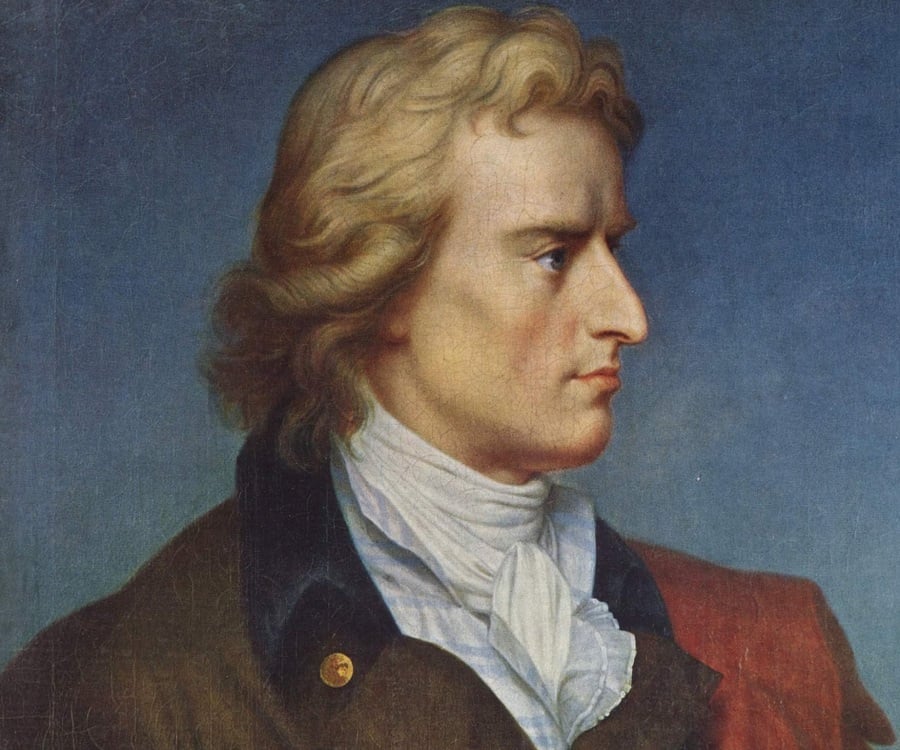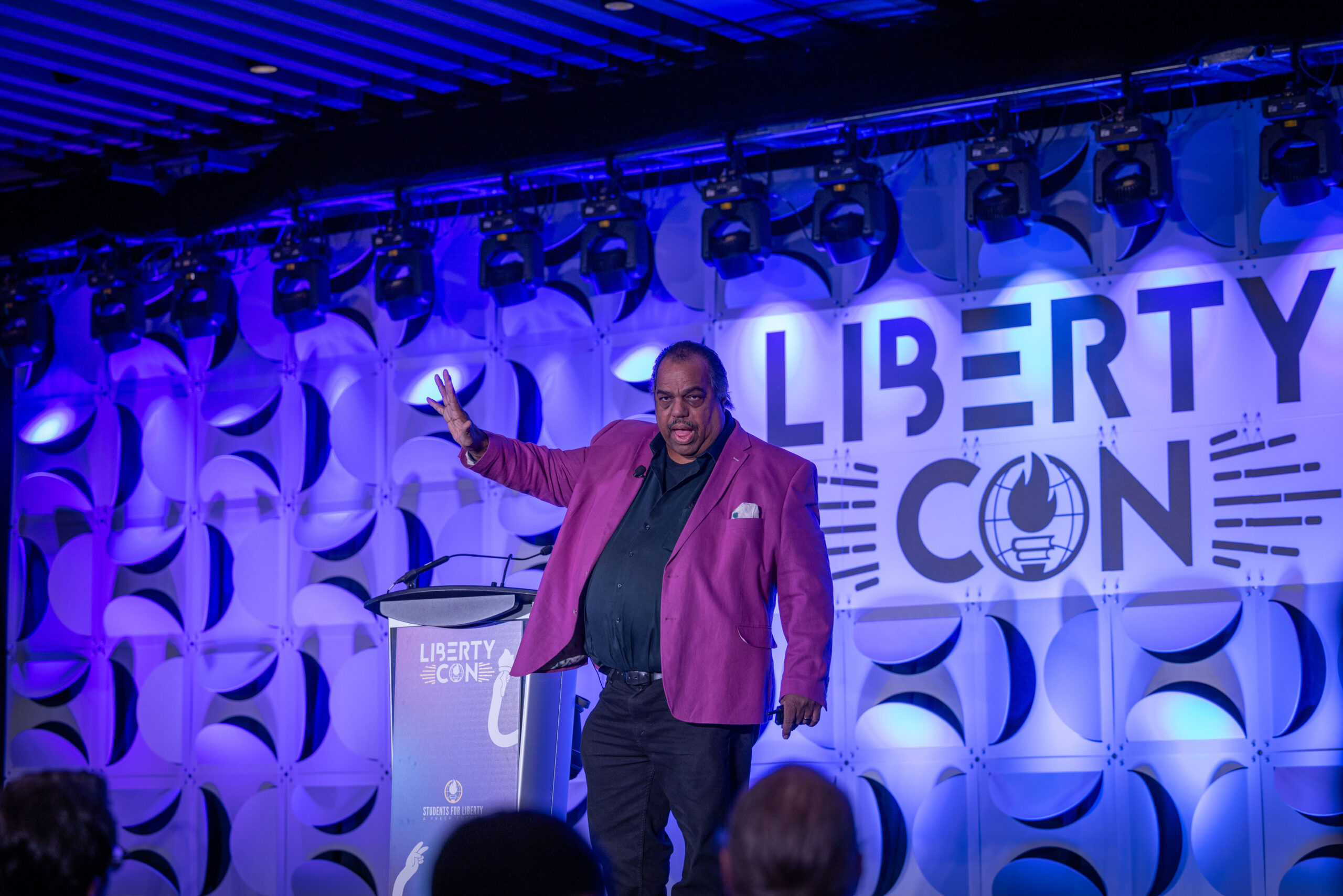Friedrich Schiller (A.D. 1759-1805) posits that only through Beauty does man make his way to Freedom. In order to understand the path from Beauty to freedom, we must first understand Schiller’s definitions of Beauty and freedom, respectively. Next, I will present Schiller’s argument for the necessary connection between the two. I will then articulate Horkheimer and Adorno’s apparent objection to the liberatory power of Beauty. I will reject Horkheimer and Adorno’s objection and affirm Schiller’s claim.
What is human freedom, by Schiller’s lights? Schiller presents his first definition of freedom in the Eleventh Letter, referring to it as “the idea of absolute being grounded in itself.” He expounds thereupon in the Nineteenth: “as both the opposite fundamental impulses are active in him,” i.e., the sense and the form impulse, “they both lose their sanction, and the opposition of two necessities gives rise to freedom.” Schiller’s language is poetic; his definitions opaque. To understand Schiller’s conception of freedom, we must first establish his metaphysical portrait of the individual.
Schiller’s human is bipartite: his being—the Parmenidean ego—is driven by the form impulse, which “insists upon absolute formality,” i.e., “to eradicate in himself everything that is merely world, and [to] produce harmony in all its mutations.”[1] Simultaneously, and in equal part, his becoming—the Heraclitean corpus—is driven by the sense impulse, which “insists upon absolute reality,” i.e., “to turn everything that is mere form into world, and realize all his potentialities.”[2] This human being obtains freedom insofar as his opposed halves are perfectly counterpoised. When the two impulses that determine man negate each other, he exists in “a condition of mere determinability,”[3] in which his will is truly free to decide.
Now that we understand the nature of the human being and freedom in Schiller’s Letters, we move on to defining Beauty by his lights. In spite of the “corruptions of his time,” the genuine artist disregards the popular opinion of his degenerate society and unites “the possible with the necessary to produce the Ideal.”[4] Again, this description is poetical but elusive. Later, Schiller locates Beauty as the “common object of both impulses.”[5] Since the object of the sense impulse is essentially life and that of the form impulse is essentially shape, the hylomorphic compound of the two “can therefore be called living shape.”[6] The compound nature of Beauty gives rise to, and is the object of, what Schiller calls that play impulse.
We are now prepared to describe the relationship between Beauty, the play impulse, and freedom.
Beauty, in its activation of the play impulse, “paves the way for a transition from the realm of mere force to the rule of law.”[7] The savage lower classes and the barbaric elites have “awoken from their long lethargy and self-deception, and by an impressive majority they are demanding the restitution of their inalienable rights.”[8] However, in attempting to achieve this laudable, moral goal—a product of Reason—the public employs such impermissible, violent means so as to, ironically, justify the state of “mere force.” That is, “society uncontrolled, instead of hastening upwards into organic life, is relapsed into its original elements.”[9] For Truth, the moral truth of man’s equal dignity and inalienable rights, to triumph over Force, she requires “some impulse to champion her in the realm of phenomena; for impulses are the only motive forces in the sensible world.”[10] Beauty, expressed through the Art of the Ideal, is that which cultivates the requisite character fit for life under the rule of Law: the golden mean between the savage and the barbarian, that which connects the head to the heart.
Beauty has a two-part role in preparing man for the moral state, i.e., one in which the rule of (natural) law instead of force prevails. At once, Beauty “fetter[s] Nature in the savage and set[s] her free in the barbarian.”[11] Beauty reconciles the savage and the barbarian, the sense impulse with the form impulse; it secures “the sense faculty against the encroachments of freedom [i.e., absolute being]” and secures “the personality against the power of sensation [i.e., becoming].”[12] With Beauty, the play impulse receives “as it would itself have produced” and produces “as the sense aspires to receive,” thereby reconciling “becoming with absolute being, of variation with identity,” reality with form, the savage with the barbarian, and sensations and emotions “in harmony with rational ideas.”[13] In balancing these aspects of man’s bipartite nature, Beauty confers “on him a social character” and, in establishing harmony in each individual’s soul, “taste alone brings harmony into society.”[14]
If the moral state is that which obeys the dicta of Reason, why are the play impulse and the aesthetic state necessary? Schiller preempts this line of challenge by explaining that “man cannot pass directly from sensation to thought; he must take a step backward, since only by the removal of one determination can the contrary one make its appearance.”[15] The condition of freedom in which man finds the scales of sensuousness and reason balanced is then the “condition of real and active determinacy,” i.e., “the aesthetic.” Man is foolhardy in attempting to pass from his internal state of sensuousness, necessarily complemented by the natural political state of mere force, without first passing through the aesthetic state. For, in so attempting, man wrongfully regards “[moral law] as something alien. . . [and] perceives only the fetters which Reason lays upon him, not the infinite freedom which it procures for him.”[16] The necessary result of trying to span the unbridgeable chasm between sensuousness and rationality, between rule of force and rule of law, is to fall headlong into a pit of extravagant, self-destructive revolution. The French Revolution, the actions of Robespierre and the Jacobins, and the rise of Napoleon Bonaparte is the paradigmatic and one which, given the time of his writing, likely influenced Schiller’s thinking on the aesthetic state as a necessary intermediary.
Surely, critics might argue, not all art promotes freedom. Two such critics would be the critical theorists Max Horkheimer and Theodor Adorno. In “The Culture Industry: Enlightenment as Mass Deception,”[17] Horkheimer and Adorno contend that modern art produces complicity, supplication, and spiritual servility to (what they see as) the alienating, enervating state of so-called late capitalism. Schiller himself acknowledges that, “in the ancient world, we find taste and freedom mutually avoiding each other, and Beauty establishing her sway only on the ruins of heroic virtues.”[18] Schiller’s liberating power of art can be saved by drawing a distinction between that art in which “reflection is so completely intermingled with feeling that we believe ourselves to perceive Form immediately,”[19] and the generic, banal art identified by Horkheimer and Adorno. The former manifests Beauty and actively stimulates the play impulse; the latter merely engages man’s sense impulse, thereby stultifying him to thought and action. Horkheimer and Adorno don’t disagree with Schiller apropos the claim that Beauty liberates people. Instead, they observe that most art is devoid of Beauty and, therefore, does not produce the liberating effect identified by Schiller. Therefore, upon closer examination, the three appear to agree that only art of a certain type—that which possesses Beauty—has a liberating effect.
I have recounted Friedrich Schiller’s conception of the impulses the animate man, that the harmonization of these impulses is required to ascend from the natural to the moral state, and that it is Beauty that accomplishes this by counterpoising the sense and form impulses through the play impulse. Moreover, I have explained that individuals must pass through the aesthetic because of the prior status of man’s sensuousness, which must be negated before he can embrace his rationality. Finally, I demonstrate that claims that not all art produces the emancipatory effect Schiller attributes to Beauty does not bely Schiller’s argument but reinforces it.
[1] Friedrich Schiller, On the Aesthetic Education of Man in a Series of Letters (1795), Eleventh Letter.
[2] Schiller, Eleventh Letter.
[3] Schiller, Nineteenth Letter.
[4] Schiller, Ninth Letter.
[5] Schiller, Fifteenth Letter.
[6] Ibid.
[7] Schiller, Third Letter.
[8] Schiller, Fifth Letter.
[9] Ibid.
[10] Schiller, Eighth Letter.
[11] Schiller, Tenth Letter.
[12] Schiller, Thirteenth Letter.
[13] Schiller, Fourteenth Letter.
[14] Schiller, Twenty-seventh Letter.
[15] Schiller, Twentieth Letter.
[16] Schiller, Twenty-fourth Letter.
[17] Max Horkheimer and Theodor Adorno, Dialectic of Enlightenment (1944).
[18] Schiller, Tenth Letter.
[19] Schiller, Twenty-fifth Letter.






